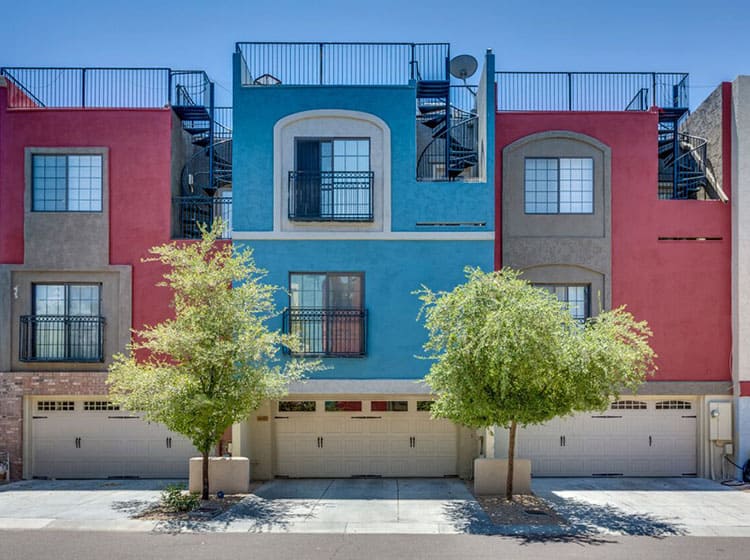Discover The Methods Which Seasonal Aspects Can Affect The Success Of Commercial Outside Paint And Determine The Most Effective Times To Attain Long Lasting Results For Your Task
Discover The Methods Which Seasonal Aspects Can Affect The Success Of Commercial Outside Paint And Determine The Most Effective Times To Attain Long Lasting Results For Your Task
Blog Article
Short Article By-Doherty Skafte
When you're intending a business outside painting task, seasonal elements can make or break your outcomes. You'll want to think about exactly how temperature level and humidity effect paint application and drying out times. Picking the best season can guarantee your paint adheres effectively and lasts longer. However which seasons are really the best for this type of work? Allow's discover the key elements that can impact your job's success.
The Impact of Temperature on Paint Application
When you're intending an industrial external painting project, the temperature can dramatically affect how well the paint sticks and dries.
Ideally, you intend to paint when temperatures range in between 50 ° F and 85 ° F. If it's also cold, the paint may not treat appropriately, resulting in problems like peeling off or breaking.
On the other side, if it's also hot, the paint can dry out also quickly, protecting against proper bond and leading to an irregular finish.
You should additionally think about the moment of day; early morning or late afternoon provides cooler temperature levels, which can be more positive.
Constantly check the producer's recommendations for the specific paint you're making use of, as they commonly give assistance on the suitable temperature range for optimal results.
Humidity and Its Effect on Drying Times
Temperature isn't the only ecological factor that influences your business outside painting project; humidity plays a substantial duty as well. High humidity degrees can slow down drying times significantly, impacting the total high quality of your paint job.
When the air is saturated with wetness, the paint takes longer to cure, which can cause concerns like poor bond and a greater threat of mold growth. If you're painting on a particularly damp day, be prepared for extensive wait times in between coats.
It's vital to keep an eye on local weather conditions and plan as necessary. Ideally, aim for humidity levels in between 40% and 70% for optimal drying out.
Maintaining these factors in mind guarantees your project remains on track and supplies a lasting finish.
Best Seasons for Commercial Exterior Paint Projects
What's the best time of year for your business outside painting tasks?
Springtime and very early loss are usually your best options. During these periods, temperature levels are mild, and moisture levels are typically reduced, producing perfect problems for paint application and drying.
Avoid summer season's intense heat, which can trigger paint to dry too quickly, resulting in bad adhesion and surface. Likewise, winter's cool temperature levels can hinder proper drying out and curing, risking the durability of your paint work.
Go for days with temperature levels in between 50 ° F and 85 ° F for optimum outcomes. commercial interior painter plymouth in mind to examine the regional weather forecast for rain, as wet problems can destroy your project.
Planning around https://professionalexteriorhouse08753.ssnblog.com/33481476/learn-the-most-recent-methods-and-designs-in-residential-paint ensures your paint job runs efficiently and lasts much longer.
Verdict
To conclude, preparing your commercial exterior paint jobs around seasonal factors to consider can make a significant difference in the end result. By organizing work during the suitable temperature levels and humidity levels, you'll guarantee better adhesion and drying times. Keep in mind to keep an eye on regional weather report and select the right time of year-- springtime and very early fall are your best choices. Taking these steps will assist you attain a durable and specialist finish that lasts.
